Anne Boleyn is Presented as Queen at Greenwich Palace
Easter is upon us; it is a time of rebirth and celebration. But in Tudor terms, what springs to mind for you when you think of Easter? For me, well, I immediately think of Greenwich Palace. For it was at Greenwich Palace that Anne Boleyn was first publicly presented as queen, at Easter, on the 12 April 1533. It must have been a time of glorious celebration and happy anticipation – and for those of us who love Henry’s second wife, we can celebrate with her, albeit too briefly, before attention turns to the more sombre matter of the anniversary of her execution in May.
But what if you were there? What would you have seen? I want to show you the palace as Anne knew it and give you an insight into the spectacle of that one glorious Easter of 1533.
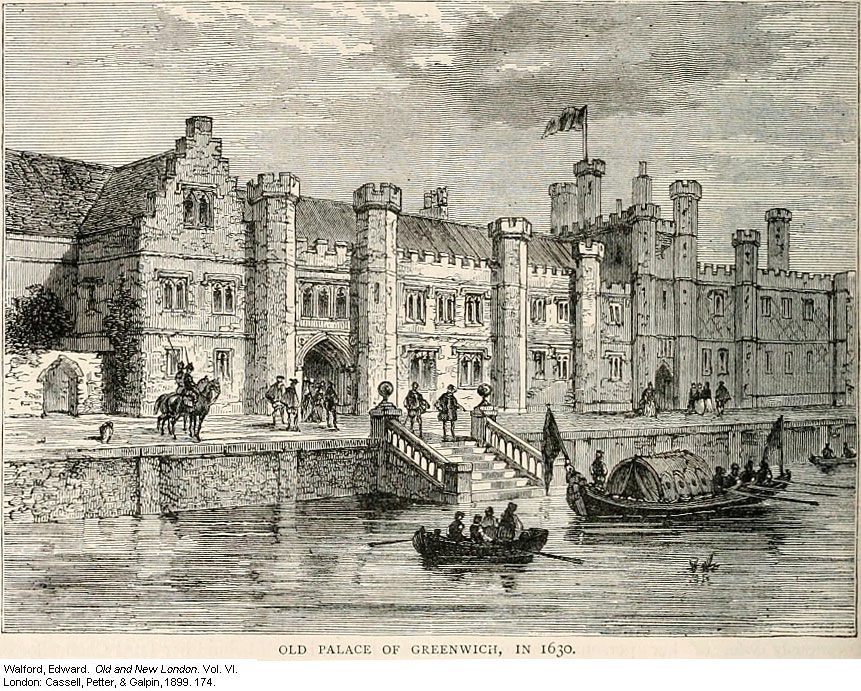
Greenwich Palace: A Spectacle of Majesty
There are eyewitness descriptions of the event, which, at times, Anne must have at times felt would never come. Eustace Chapuys reported it in his dispatches to his master, the Holy Roman Emperor, Charles V:
“On Saturday, Easter Eve, dame Anne went to mass in Royal state, loaded with jewels, clothed in a robe of cloth of gold friese. The daughter of the duke of Norfolk, who is affianced to the duke of Richmond, carried her train; and she had in her suite 60 young ladies, and was brought to church, and brought back with the solemnities, or even more, which were used to the Queen.”
And so we hear of Anne, who would have been somewhere approaching 5 months into her first pregnancy, shimmering in a gown made from cloth of gold, with billaments upon her hood, a carcanet [necklace] around her neck, rings and possibly a girdle belt, glistening with precious stones and gold. The young Mary Howard, Anne’s cousin (and a fascinating character in her own right), led around 60 aristocratic ladies as they processed through the public rooms of the palace to hear the Mass in the chapel. After years of being ‘the other woman’, Anne had finally arrived and was given every honour and accord due to England’s queen.
But what of Greenwich Palace itself? What do we know of this magnificent and much-beloved residence?
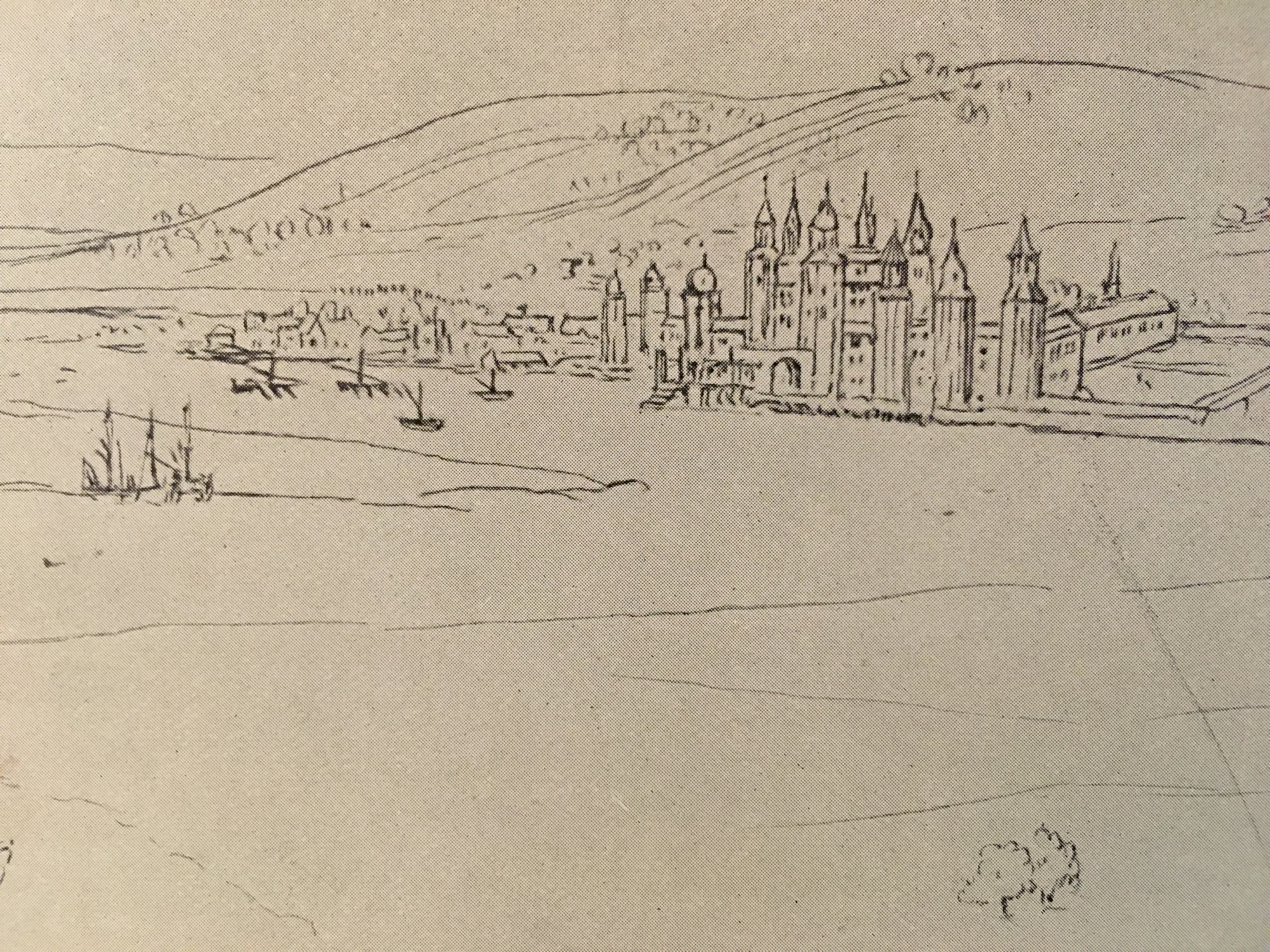
The Building of the Palace
Constructed in 1501, Greenwich Palace was a fine, red-brick building. It had risen up from the site of the earlier ‘Manor of Pleasaunce’, built by Duke Humphrey of Gloucester, which had been demolished to make way for Henry VII’s new palace. Sited on the southern banks of the Thames, Greenwich would become one of Henry VIII’s most favoured ‘great houses’, particularly during the early years of his reign. On account of this, it is probable that Anne spent more of her time here than at any other royal abode.
Unlike some of Henry’s other great houses, there is no extant, contemporary floor plan of Greenwich Palace. Much of what we know today consists of fragments of the information left behind in the building accounts, which record works undertaken between 1532 and 1547, and extensive archaeological excavations conducted in 1970-1, all mixed in with a degree of conjecture, based on what is known of the typical layout of a royal residence of the time.

At the time of its construction, Greenwich Palace was highly innovative in design and construction; it was a courtyard house, built of brick and without a defensive moat. Such defensive structures associated with the earlier, medieval period were no longer required and were considered old-fashioned and outdated. Greenwich was to be a pleasure palace.
All the major chambers, including the king and queen’s public and privy apartments, were located at the first-floor level. A seventeenth-century painting of the palace, by an anonymous painter, shows the fine river frontage. This northern range comprised of the kitchens to the west; the king’s lodgings, including the magnificent five-storey donjon containing the king’s privy bedroom, library, and study in the centre and, to the east, the Chapel Royal (see illustration below).
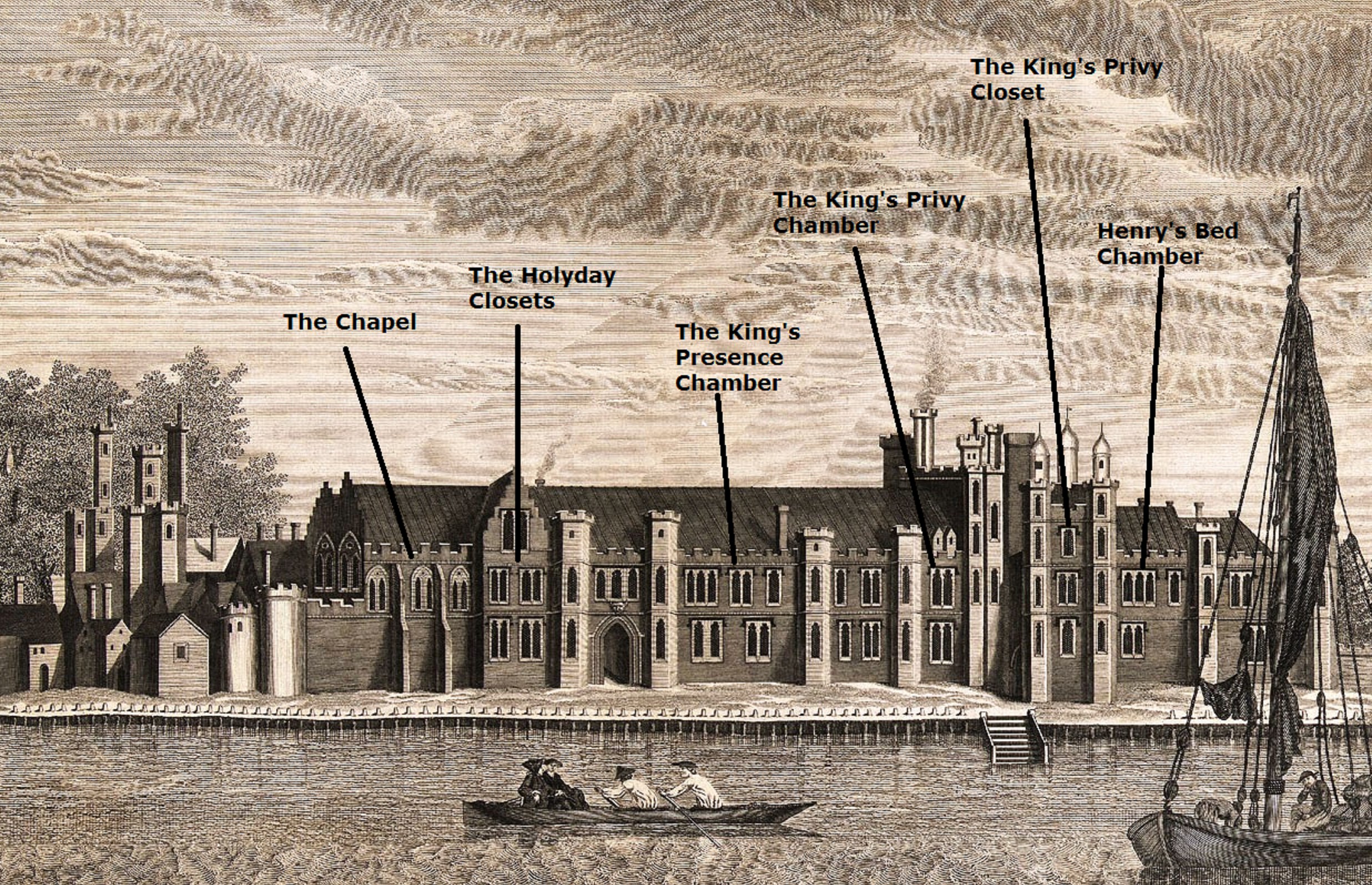
Running parallel to this range on the opposite side of a grand courtyard, were the queen’s apartments, which looked out over the Great Garden, orchard and Greenwich Park beyond. From the accounts of the Office of the King’s Works, we hear how Anne’s ascendancy in 1533 resulted in a flurry of activity, including the insertion of a false roof in her bed-chamber for the sole purpose of hanging a ‘clothe off ares [arras]’; a ‘cupboard of state’ was made to display her plate and a ‘gret bede [bed] of astate’ was made to stand in her presence chamber. We also know that the ceilings of her presence and bed chambers were decorated with bullions and buds set on white painted battens, whilst the hearths in front of the chimney breasts were inlaid with Seville tiles.
The complete arrangement of the west wing at Greenwich is not entirely known. However, it seems that a privy gallery connected the king and queen’s sides; and the queen’s bedroom, Anne’s bedroom, seems to have been accessed from this gallery. To the east were the king and queen’s great watching chambers – the most public rooms of the royal apartments after the great hall. These chambers were connected to the ground floor hall via a central staircase.
Processing to the Chapel
In processing from the queen’s side to the Chapel (and I am making the assumption that Anne started from the queen’s lodgings), Anne must have left her privy chambers on the south side of the palace, passed through her presence chamber in the same south wing, before turning left into the east wing, along the length of the Queen’s Great Watching Chamber, across the landing of the great, principle staircase leading up from the Great Hall, before continuing through the King’s Great Watching Chamber to reach a square gallery that led into the King and Queen’s Holyday Closets.

These closets overlooked the body of the Chapel below. Inevitably, a staircase led down from the Holyday Closet, allowing the king or queen to descend into the body of the Chapel during great celebrations, such as at Easter.
Imagine yourself in the crowd filling the Queen’s Presence Chamber. People are jostling for a glimpse of England’s new queen and there is a hum of anticipation filling the air. The sight of Anne, followed by her train of 60 ladies, all dressed in rich, expensive fabrics would have garnered intense curiosity from the court. The public chambers would have been crowded with people wanting to catch a glimpse, or perhaps seek favour, from England’s brightest star.
Even though the palace was eventually lost following the English Civil War, as so many of the significant events of Anne’s life took place within its walls; her first appearance as queen, the birth of Elizabeth and her arrest in 1536, to name a few, Greenwich is a must-visit site for the Tudor time-traveller.
Visiting the Site of Greenwich Palace
One of the best ways to arrive at Greenwich is to follow in Anne’s footsteps and arrive by boat. Take a river cruiser from Westminster Pier, past the site of Whitehall Palace, Baynard’s Palace, and the Tower, eventually arriving at Greenwich.
You will be greeted by the sight of the old Royal Naval College; this eighteenth-century building stands squarely on the site of the old Palace of Greenwich, which first fell into serious decay during the English Civil War and was demolished shortly thereafter.
Take a walk through the grounds of what is now a college of music; stand on the site of the old king’s apartments fronting the river; imagine the great courtyard and its central conduit; cross the modern-day Romney Road that bisects an area that once separated the queen’s apartments from the orchard and Great Garden beyond. As you walk along the path cutting across the National Maritime Museum Gardens, look to your left and imagine the two elaborate Tiltyard Towers rising up from the ground and looking down on the tiltyard that lay to the east; see the May Day of 1536 taking place, and imagine Anne’s last moments by her husband’s side.
Additional Visitor Information
You are welcome to roam the grounds of the current music college, upon which the palace once stood, at any time. Discover Greenwich, part of The National Maritime Museum houses a small exhibition about the lost Tudor palace.
If arriving by car, you might wish to park in the large public car park at the top of Castle Hill, adjacent to the Observatory. From here, you can walk down the hill to the site of the old palace.
Recommended Reading
In the Footsteps of Anne Boleyn by Sarah Morris and Natalie Grueninger. Amazon UK and US
The Royal Palaces of Tudor England by Simon Thurley. Amazon UK and US
Houses of Power by Simon Thurley – read the review here, or purchase via Amazon UK and US




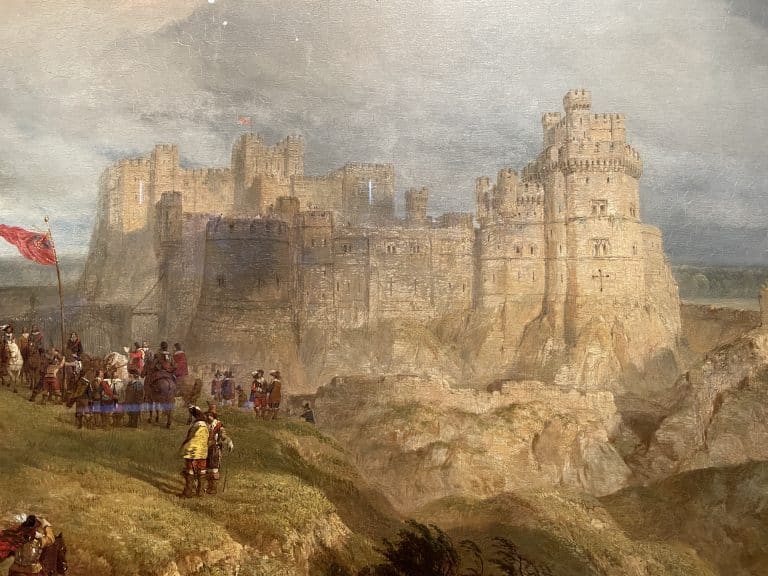
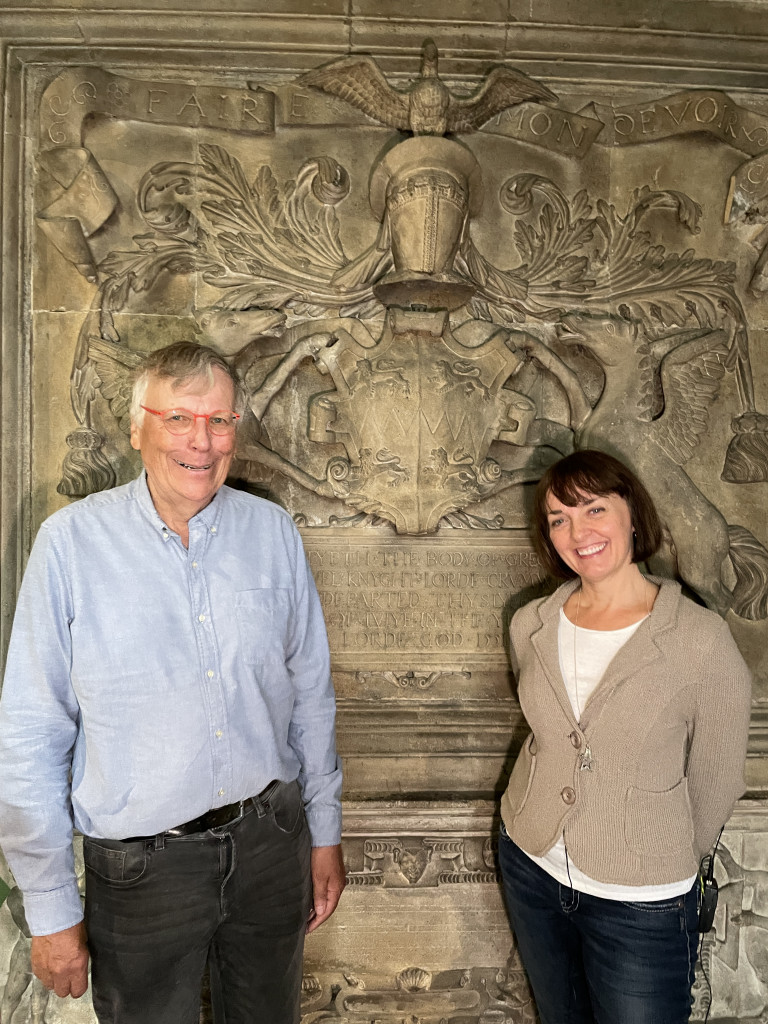
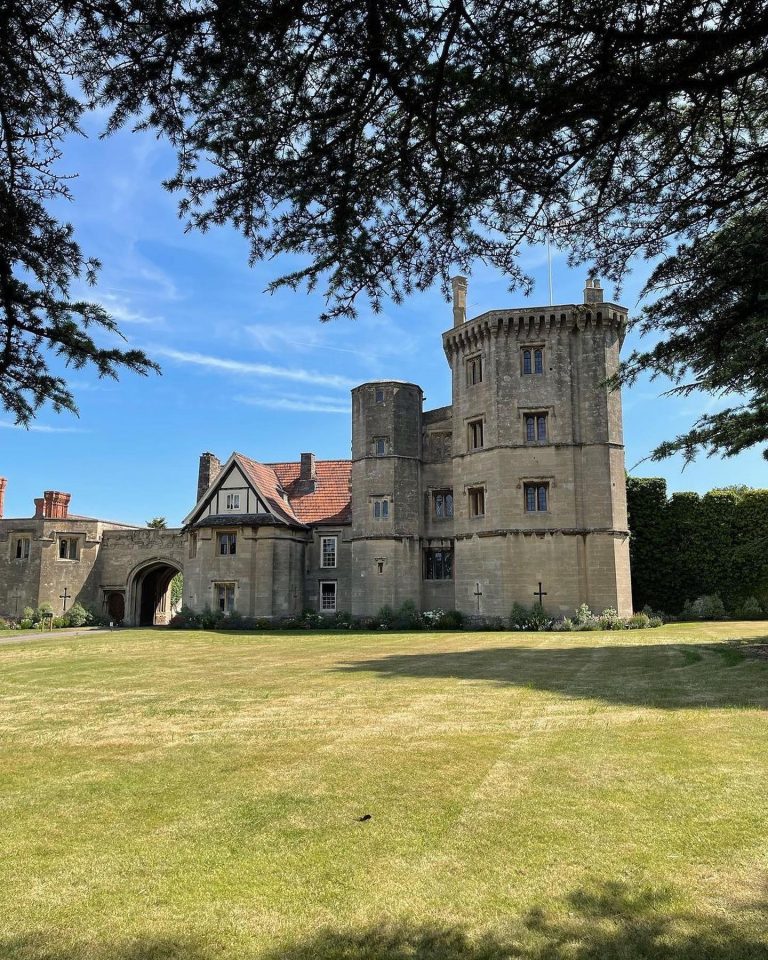
Hi Dr Morris, thanks for the great article – just one minor error to point out. The Old Royal Naval College is not part of the Maritime Museim, we are separate and yes we have Tudor remains. You would be welcome to come down, after lockdown.
Best wishes
Judith
teamleader@ormc.org
Thanks Judith. I will correct the article…and I’d love to meet. In fact, I am planning a trip that way in the Spring…shall we connect on email?